Articles

Now. Let's Talk Pumpkins.
Daddy's home with his strange groceries! Say, did you know the misunderstood pumpkin is a nutrient treasure trove? Yes, yes—you can reach into its slimy interior, hollow it out and make...
Now. Let's Talk Pumpkins.
Daddy's home with his strange groceries! Say, did you know the misunderstood pumpkin is a nutrient treasure trove? Yes, yes—you can reach into its slimy interior, hollow it out and make...
Read more >
Complainer’s Guide to Vegetables We Hate
We can't all love all vegetables all of the time. “Hate” is an ugly word, though. Detest? Reject? Abjure? How about a Shakespearean revulsion? “Prithee, mother—no more spinach. My gorge...
Complainer’s Guide to Vegetables We Hate
We can't all love all vegetables all of the time. “Hate” is an ugly word, though. Detest? Reject? Abjure? How about a Shakespearean revulsion? “Prithee, mother—no more spinach. My gorge...
Read more >
"Tree-Hugger": Where'd the Word Come From?
“Tree-Hugger” is rarely (never) offered as a compliment. The term is generally intended to lightly mock someone as laughably naive, irrational, and blindly devoted to “nature”. On this Indigenous People's...
"Tree-Hugger": Where'd the Word Come From?
“Tree-Hugger” is rarely (never) offered as a compliment. The term is generally intended to lightly mock someone as laughably naive, irrational, and blindly devoted to “nature”. On this Indigenous People's...
Read more >
Cordycep Militaris both Heals and Horrifies
Cordyceps; yes, the name is strange, but not as strange as this superfood’s bizarre origin story. Cordyceps is not a nodding little blossom delicately posing in the sun, and science...
Cordycep Militaris both Heals and Horrifies
Cordyceps; yes, the name is strange, but not as strange as this superfood’s bizarre origin story. Cordyceps is not a nodding little blossom delicately posing in the sun, and science...
Read more >
Flexitarians Will Save the World
Flexitarians recognize the soundness of the reasoning around leaving meat behind … and quite reasonably dread a life devoid of bacon. But they are willing to try. Flexitarianism is — yes —a philosophy....
Flexitarians Will Save the World
Flexitarians recognize the soundness of the reasoning around leaving meat behind … and quite reasonably dread a life devoid of bacon. But they are willing to try. Flexitarianism is — yes —a philosophy....
Read more >
PLANTS! ANIMALS! PROTEIN!
Protein! Protein! Protein! This strange, insistent chant calls to mind a slab of juicy steak. Now imagine your steak eating your side salad and you have the beginning of wisdom.
PLANTS! ANIMALS! PROTEIN!
Protein! Protein! Protein! This strange, insistent chant calls to mind a slab of juicy steak. Now imagine your steak eating your side salad and you have the beginning of wisdom.
Read more >

